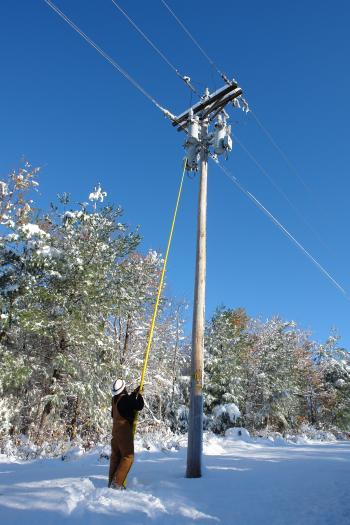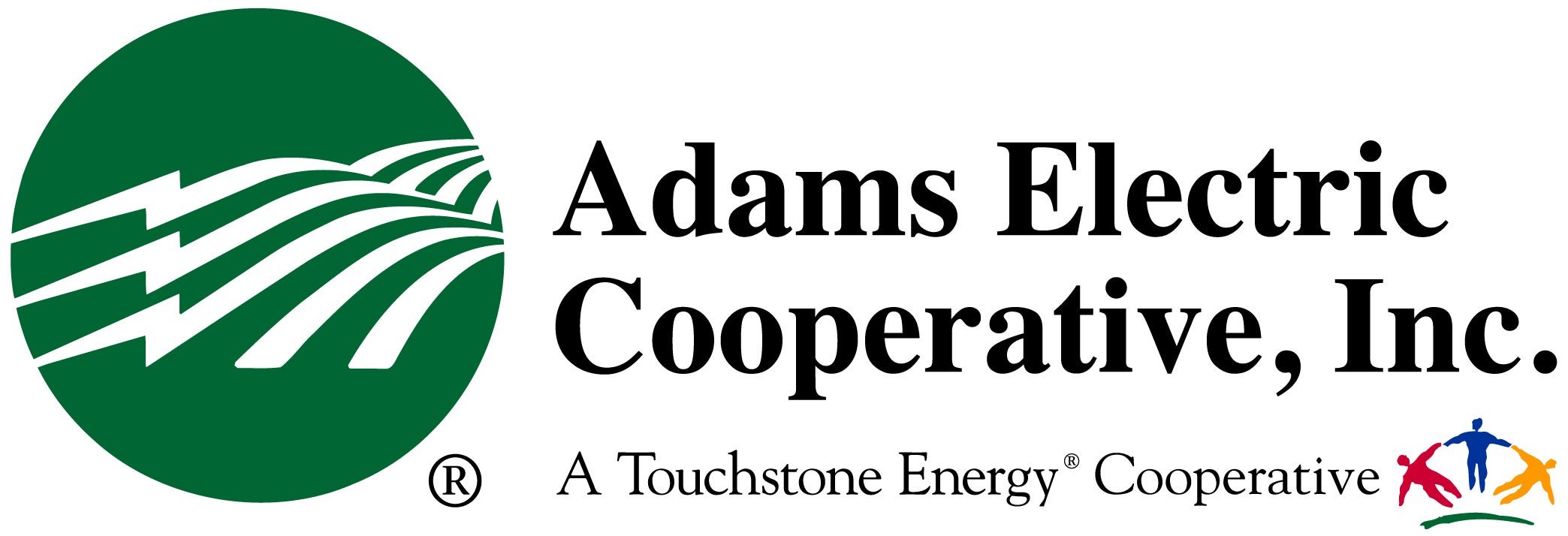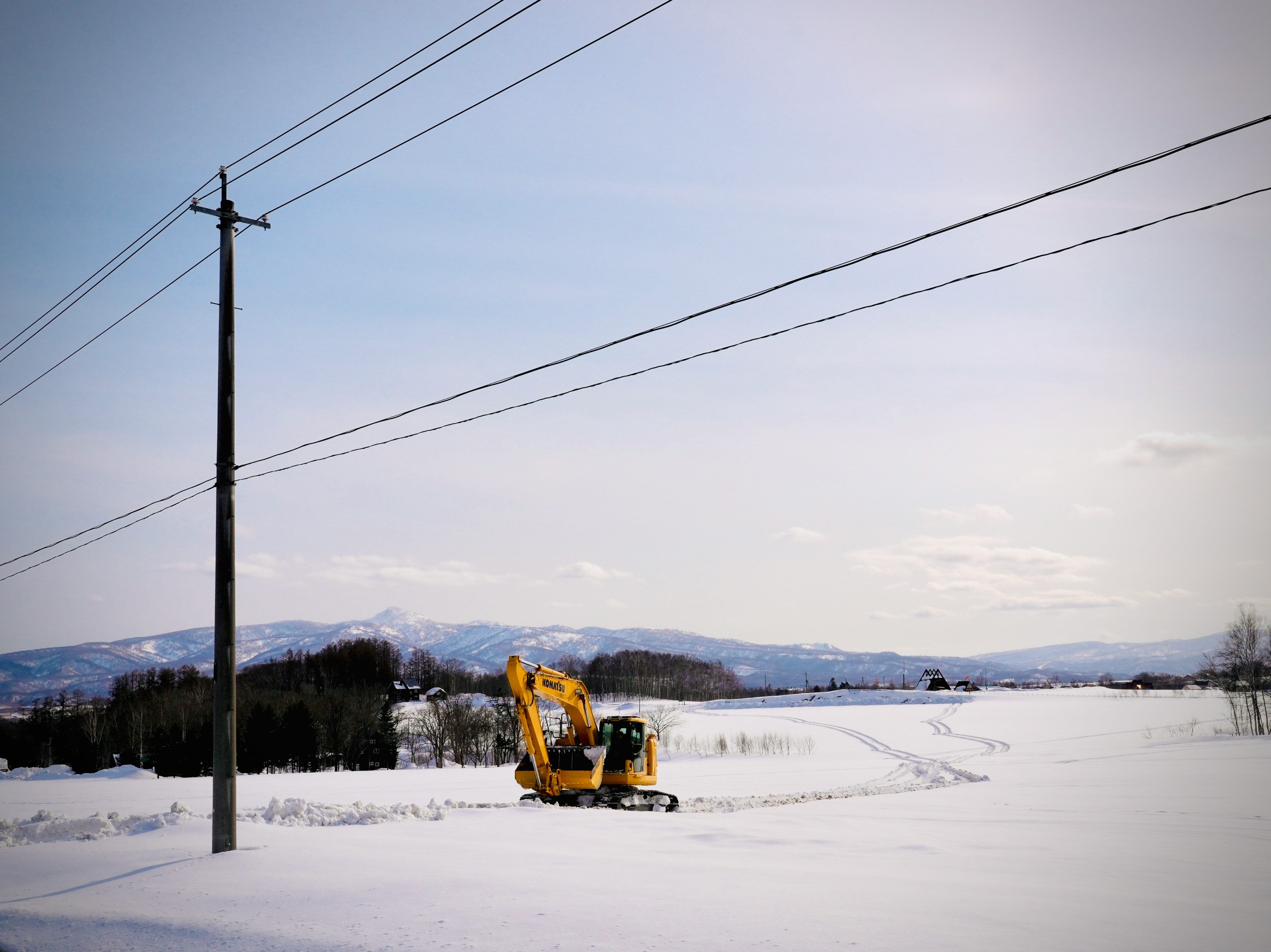
When power interruptions occur, line crews work as quickly as possible to restore electricity to affected areas.
It is impossible to correct all problems simultaneously so those coordinating restoration efforts at the cooperative must choose which lines to fix first.
Power lines are not always repaired based upon location. Repairs are often made first to lines that supply electricity to the most people.
Repair crews first make sure power is flowing from the large, high-voltage transmission lines that come directly from generating plants. These lines feed power to the co-op's substations which control the amount of electricity sent along main distribution lines (also called feeders) which often run near roads and can serve hundreds of homes. Since they are a core source of electricity for so many people, problems with main distribution lines are among the first to be addressed.
Tap lines are smaller lines which branch off of the main distribution lines to supply power to anywhere from 30 to 200 members. They are repaired after main distributions lines have been fixed. The tap line that supplies the largest number of people with power will most likely be addressed first.
Finally, electricity flows from the tap lines to individual service lines which normally connect to one to five homes each. These are often, but not always, chosen in order of number of members served.
Weathering the Storm
- Check on others who may need assistance.
- Disconnect or turn off appliances or electronics that were on when the power outage occurred.
- Layer your clothing to help keep your core body temperature steady.
- Leave a light on so you will know when power has been restored.
- Monitor an available media source for up-to-date information.
- Open faucets slightly. A constant drip of water will help prevent pipes from freezing.
- Gather supplies for a storm survial kit and keep it stocked and ready for severe weather.

